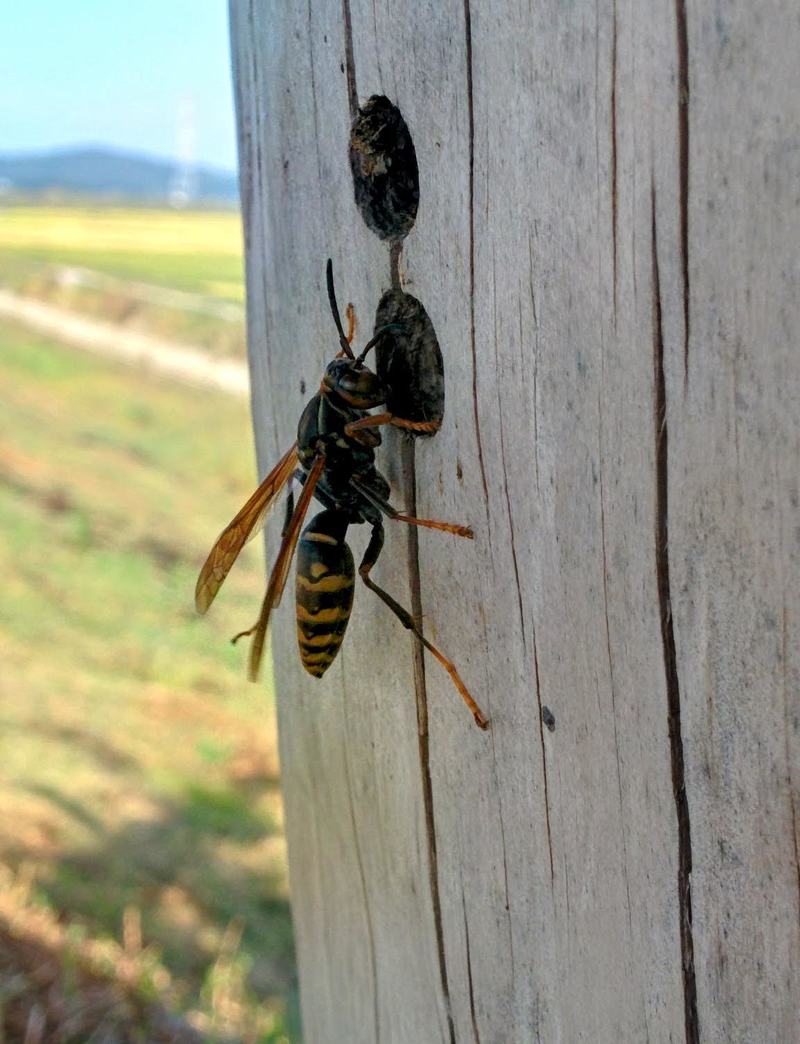|
[옛사진] 등검정쌍살벌 (Polistes jokahamae) (추정)
| 제목: | [옛사진] 등검정쌍살벌 (Polistes jokahamae) (추정)
| | 올린이: | Jinsuk Kim (kusnij@naver.com)
| |

| 해상도: 1152x1504
파일크기: 161001 Bytes
촬영일: 2015:09:29 15:08:00
사진기: Nexus 5 (LGE)
F number: f/2.4
Exposure: 1323/1000000 sec
Focal Length: 3970/1000
등록시간: 2025:11:06 13:35:28
|
|
|

